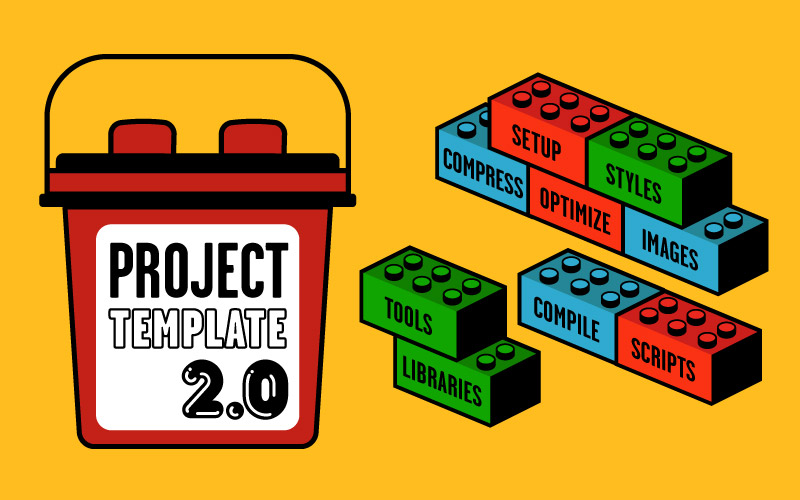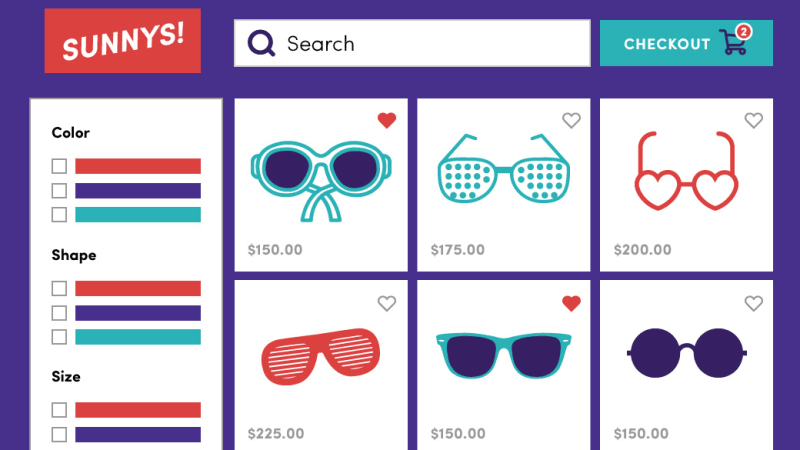Design, Web Development Project Clean Room – Retooling and Improving our Workflow
Nicholas DeVries — December 03, 2014

At White Lion we take pride in delivering products that adhere to the latest standards and best practices, and in our fast moving industry we must continually take action to ensure we stay ahead of the game.
Here at White Lion we have what we call the Project Template, or PT for short. The PT is our custom foundation for new projects that allows us to hit the ground running when development begins. Our philosophy behind the template was to create a solid foundation that includes core components likely to be reused in each of our projects, but as the PT grew we found we were spending too much time tearing out unnecessary components at the outset of a new project. This indicated that our template was beginning to suffer some bloat, and it was time for a clean-up known as Project Clean Room.
Our goal with the Project Clean Room initiative was to say goodbye to components that were no longer serving us or our clients, to update core components, and to revamp our toolset.
Step 1 – The Purge
We started by evaluating what we had. We compared what was currently included in the PT to what we were using consistently across previous projects. Any libraries or components that were no longer in use were removed.
Step 2 – Update
After removing the bloat, it was time to bring our core components up-to-date. This included updating all kinds of libraries, most notably Foundation.
We made the leap from Foundation 4 to Foundation 5. Foundation is our guide for creating responsive web applications to accommodate a market with a vast number of web capable devices and screen sizes. The latest update brings performance improvements and support for new browser features.
Step 3 – Improve Workflow
Project Clean Room gave us the opportunity to fine-tune our development workflow and make some improvements along the way.
We made the switch from Grunt to Gulp. Both of these tools are task-runners which are meant to automate repetitive tasks. We ultimately chose Gulp because it does exactly what we need with less configuration.
Some of the repetitive tasks that we automate include:
- Setting up our development environment
- Updating our assets
- Ensuring that our stylesheets are compatible with most browsers
- Compiling and compressing stylesheets
- Compiling and compressing scripts
- Optimizing images for the web
Using a task-runner for these speeds up development time, makes certain they aren’t overlooked, and takes a cognitive load off the developer so he or she may focus on the more complex side of development.
Project Clean Room has placed White Lion in an excellent position for the future of web development. Our new and improved Project Template gives us the confidence that our work will provide even greater value to our clients.



